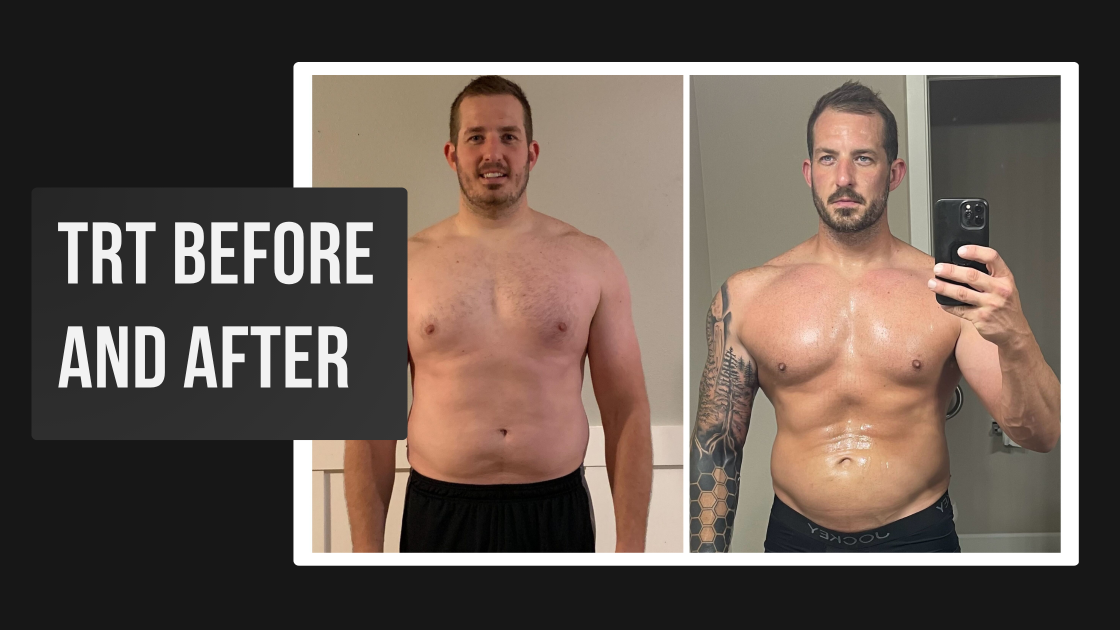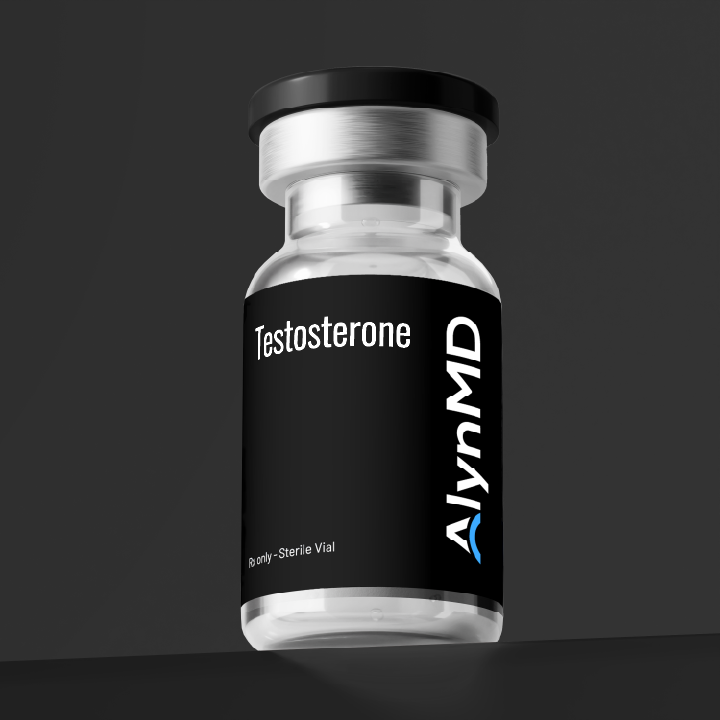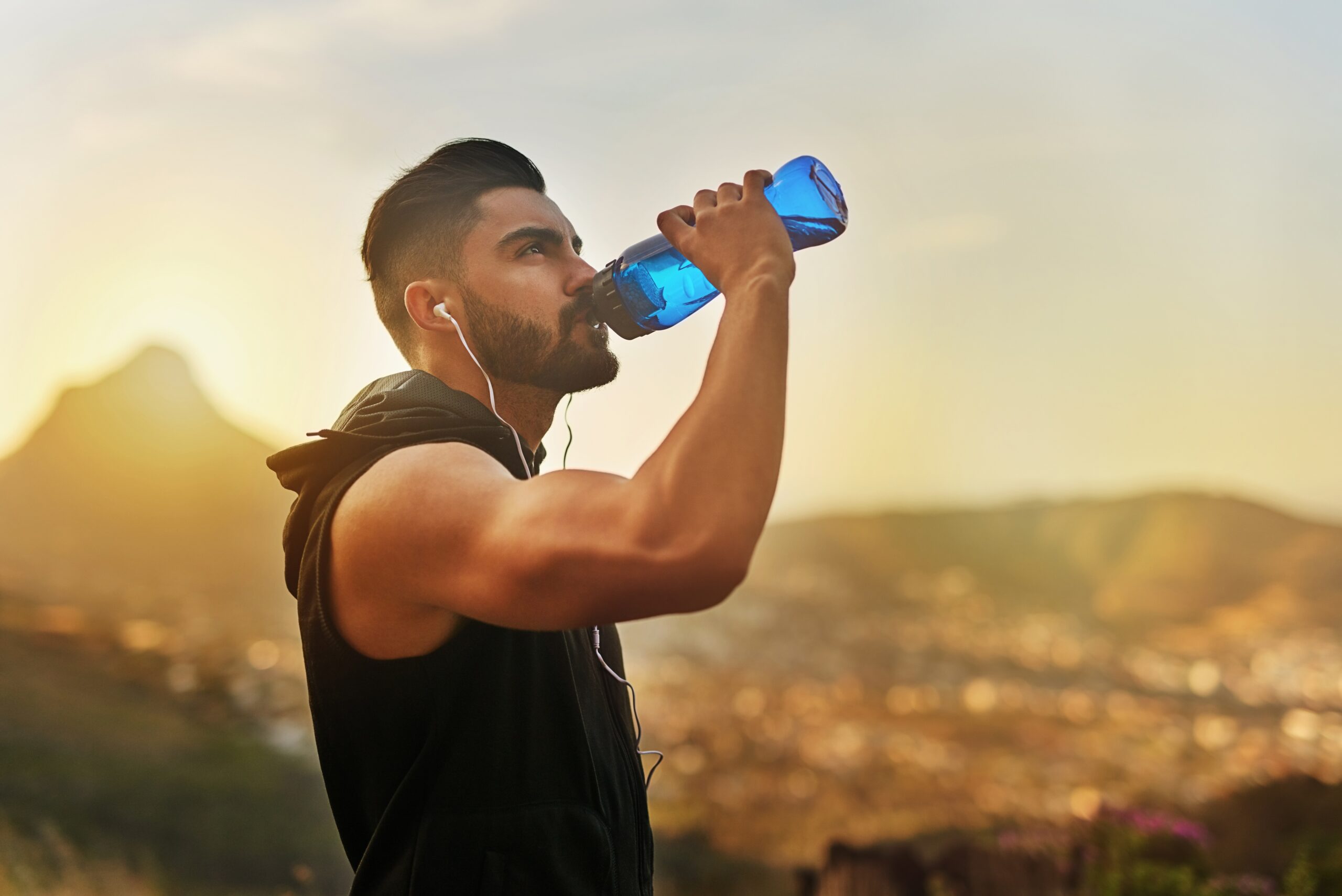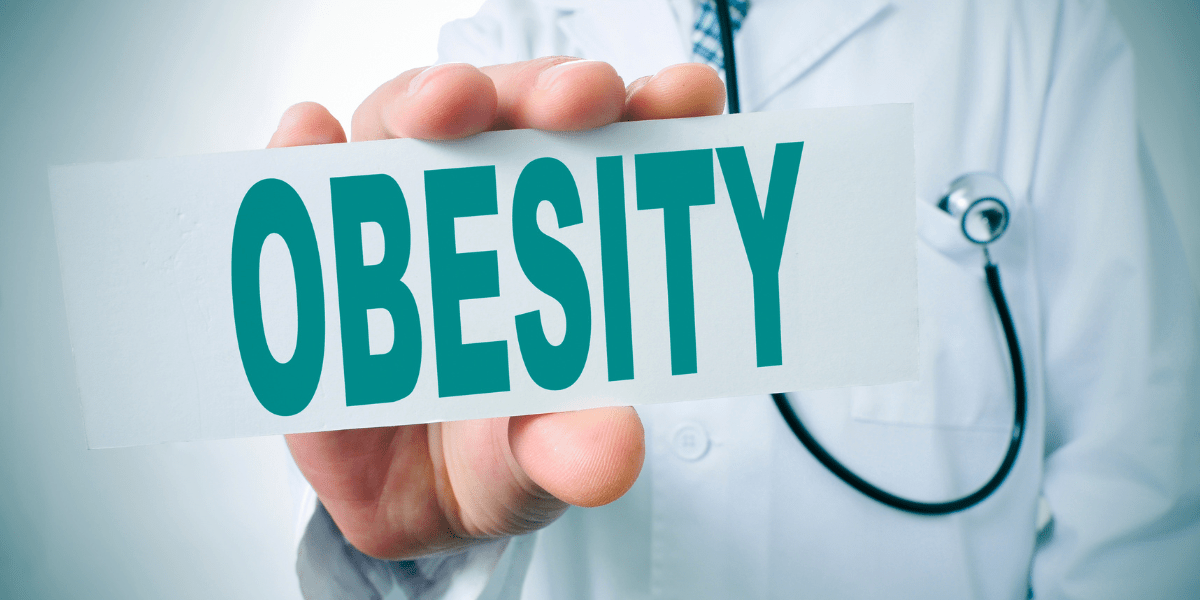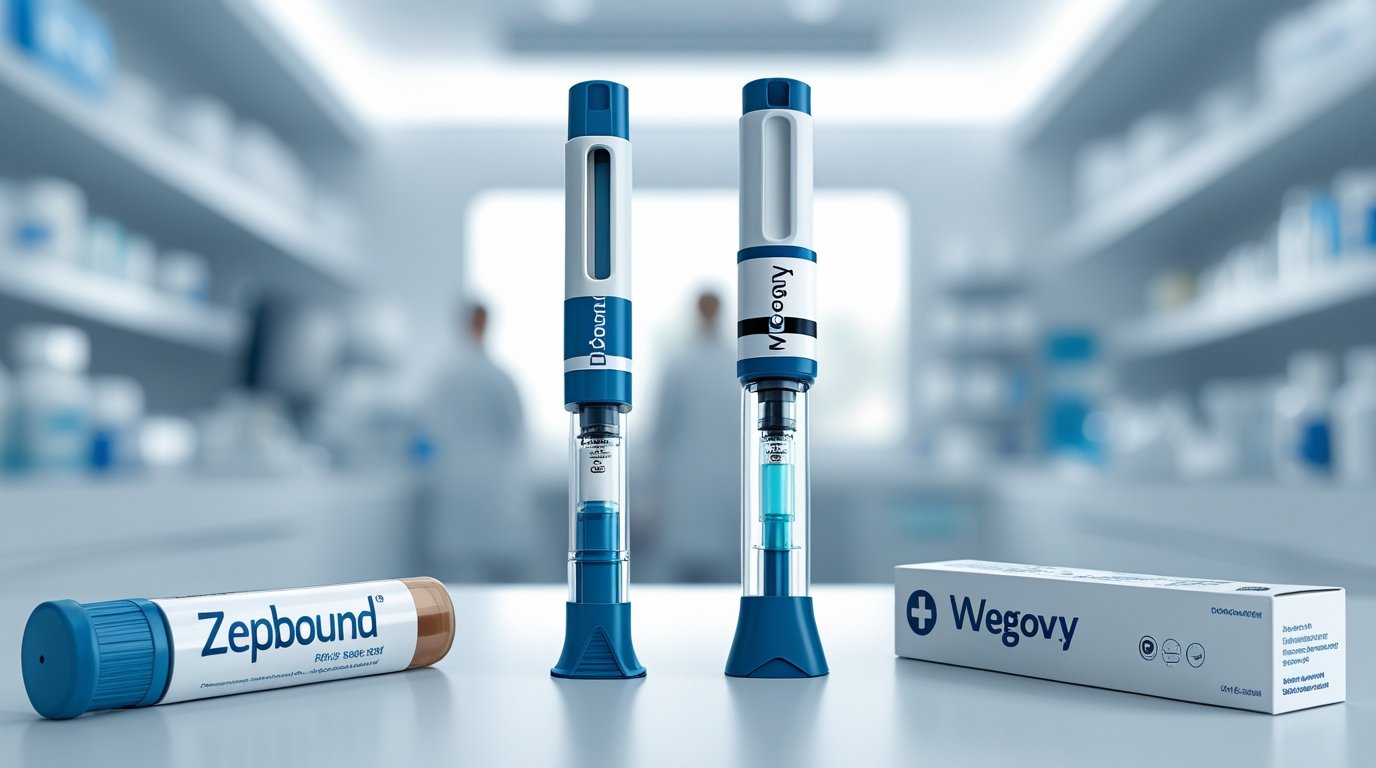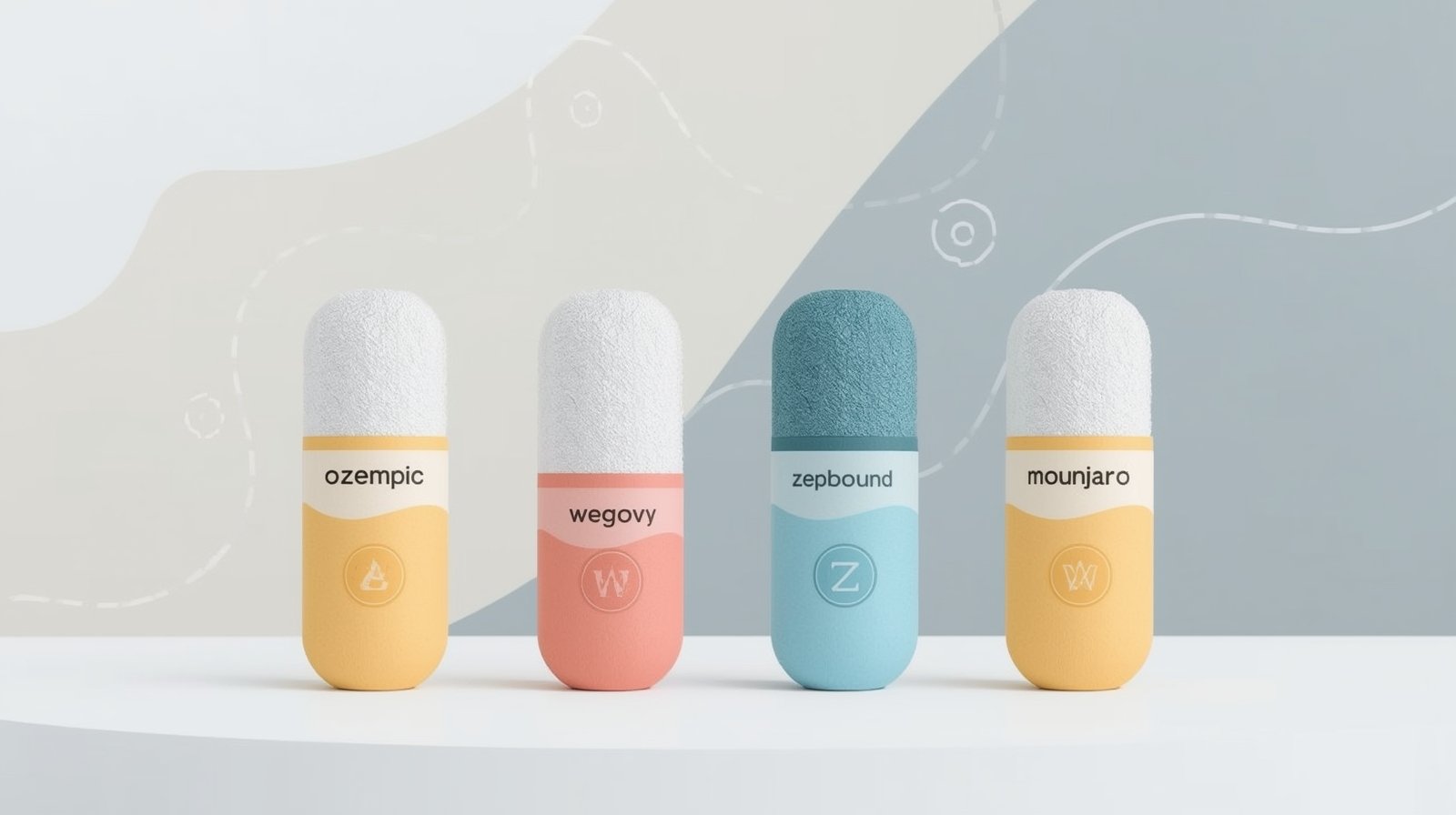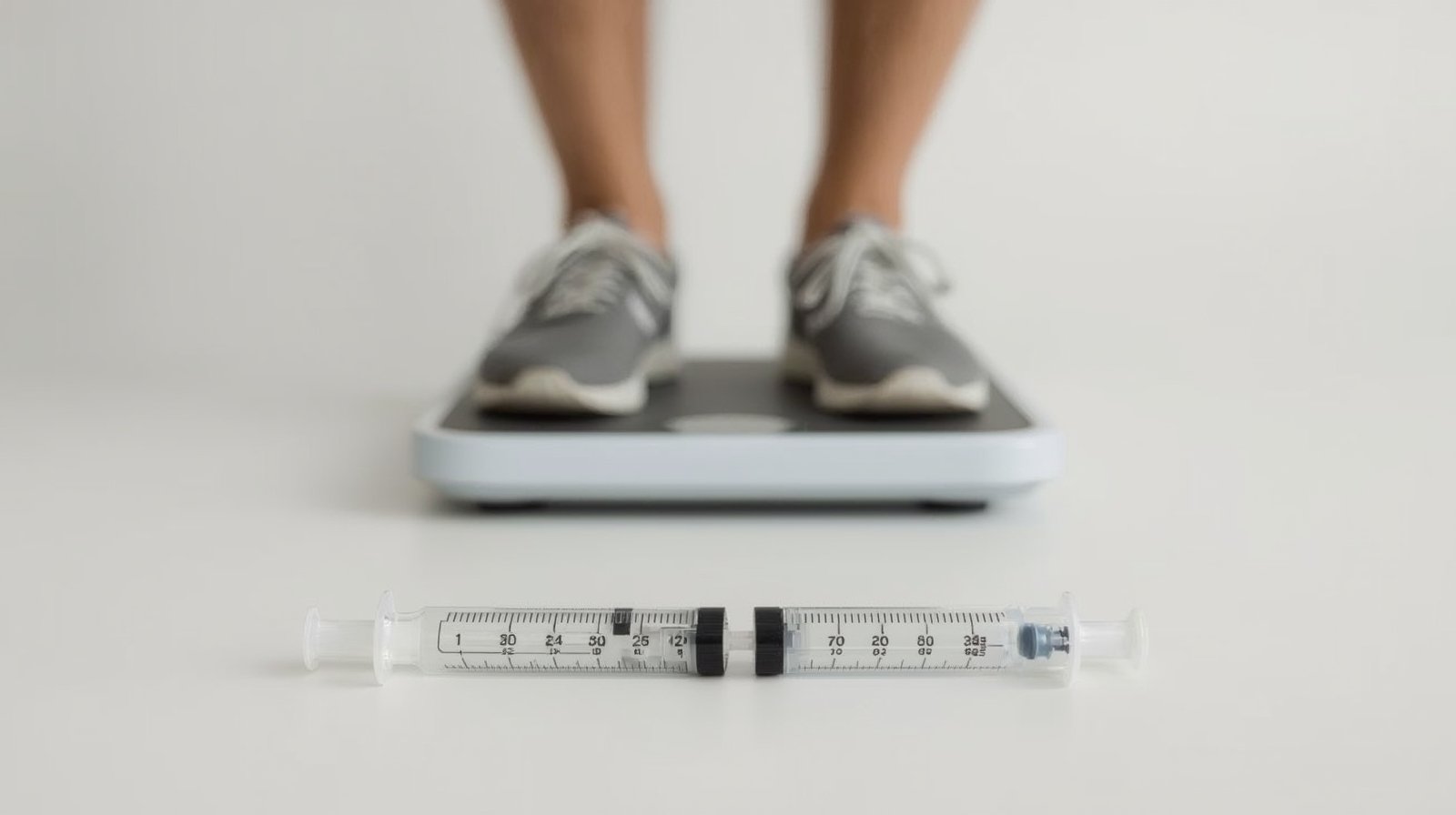
The Best Testosterone Supplements and Treatments in 2025
Some key Takeaways
In 2025, the landscape of testosterone optimization offers more choices than ever. Men experiencing low energy, diminished libido, loss of muscle mass, and other symptoms of low testosterone (“Low T”) are seeking the best testosterone treatments 2025 can provide.
Some are exploring treatment for the first time, unsure of whether medication is the right step. Others have already started therapy and are now looking to refine their approach — dialing in dosages, preserving fertility, or layering in support strategies that go beyond just testosterone levels. Wherever you fall on that spectrum, the goal is the same: to feel sharper, stronger, and more like yourself again.
This guide focuses on treatments that are safe, effective, and clinically backed. From prescription medications like testosterone injections and enclomiphene to targeted supplements and lifestyle interventions, we’ll explain how each option works, who it’s best suited for, and what trade-offs to consider.
Whether you’re just starting to ask questions or already deep into your optimization journey, this comprehensive guide will help you navigate the best testosterone supplements and treatments in 2025.
What to Look For in High-Quality Testosterone Supplements
Making sure you choose a reliable, well-vetted testosterone solution—whether it’s a prescription therapy or an over-the-counter supplement—is crucial for both immediate and long-term health. Poorly made products can contain inconsistent ingredients or contamination that not only limits their effectiveness but can also pose serious safety risks.
On the flip side, treatments that meet high-quality standards, undergo rigorous testing, and are guided by credible data are far more likely to deliver consistent results. From improved energy and mood to better muscle support, quality solutions can offer a clear path toward healthy hormone balance without the added worry of unpredictable side effects or wasted investment.
Top Picks at a Glance
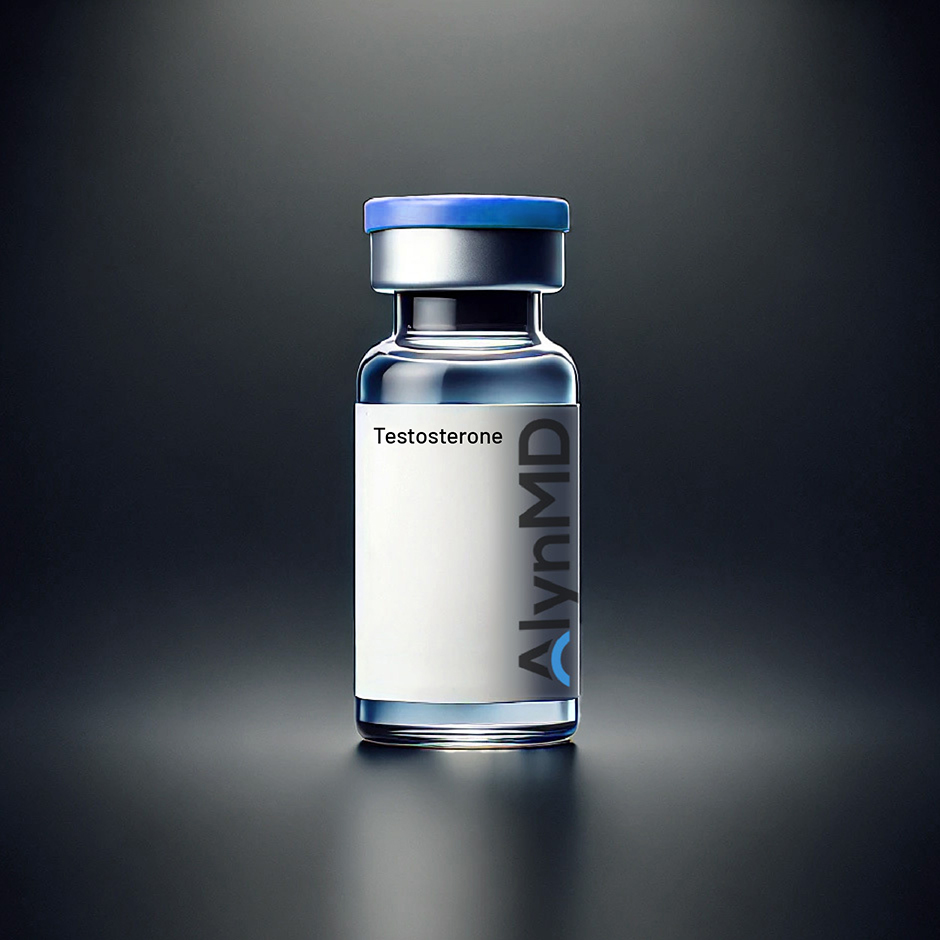
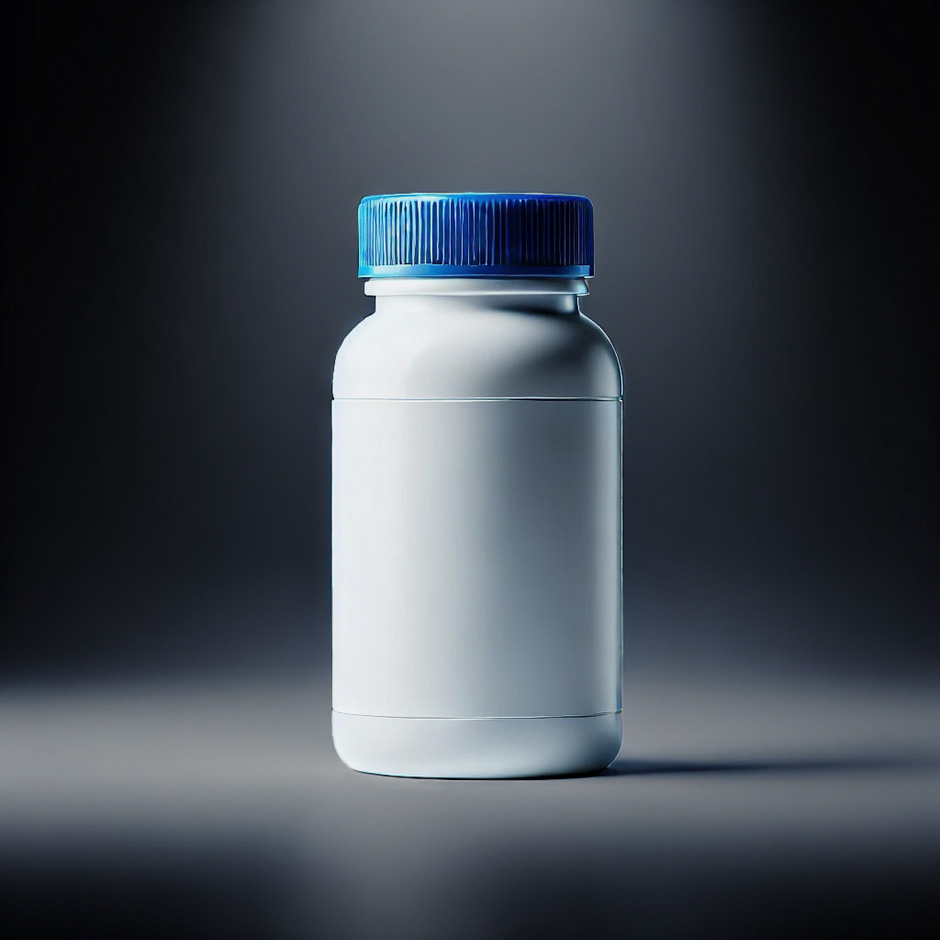














Best Testosterone Supplements & Treatments for 2025: Our Top Picks

1. Testosterone Cypionate / Enanthate (Injections)
Overview of 1. Testosterone Cypionate / Enanthate (Injections)
Testosterone cypionate or enanthate injections are a classic, time-tested approach to raising low testosterone. They deliver pharmaceutical-grade testosterone reliably, often boosting energy, libido, and mood.
Testosterone cypionate or enanthate injections are a solid option for men who prefer less frequent dosing and aren’t put off by needles. They work well for those wanting a tried-and-true therapy with a history of reliable symptom relief. If fertility is a priority, hCG or other adjuncts may be needed to preserve sperm production.
Testosterone cypionate or enanthate injections are a reliable, effective choice for men who want direct hormone replacement and aren’t daunted by needles. They deliver consistent symptom relief at a reasonable cost, making them a top pick for straightforward, proven TRT.

2. Kyzatrex (Oral Testosterone Capsule)
Overview of 2. Kyzatrex (Oral Testosterone Capsule)
Kyzatrex is an FDA-approved oral testosterone undecanoate capsule designed for men seeking Low T relief without injections. Taken twice daily with meals, it offers a discreet, needle-free way to maintain stable testosterone levels.
Kyzatrex is best suited for men who prefer a daily pill over injections or topical applications. It’s especially appealing if you travel frequently or dislike needles. However, it’s important to remember that cost and insurance coverage can vary, so you’ll want to confirm your budget and benefit plan before starting. Additionally, those with high blood pressure should work closely with a doctor to ensure safe use.
Overall, Kyzatrex provides a modern, user-friendly alternative to injections, making it ideal for men wanting to avoid needles while still achieving effective Low T management. If you can handle a twice-daily pill schedule and monitor blood pressure, Kyzatrex stands out as a convenient, FDA-approved choice.

3. Transdermal Testosterone (Creams & Gels)
Overview of 3. Transdermal Testosterone (Creams & Gels)
Transdermal testosterone involves daily application of a gel or cream to boost low T without injections. It provides a steady release into the bloodstream through the skin.
Transdermal gels or creams suit men who prefer a gentle, needle-free routine and don’t mind daily application. They’re often recommended for mild to moderate Low T cases and for those wary of injections. However, users need to take precautions against transferring gel to others, especially children or pregnant partners.
Transdermal testosterone is a convenient, proven option for men wanting a gentle, needle-free method. It works best for those who can commit to a daily routine and handle safety precautions around application. If consistent use isn’t a problem, it’s a solid TRT choice.

4. Testosterone Pellets (Implants)
Overview of 4. Testosterone Pellets (Implants)
Pellet therapy involves small implants placed under the skin that release testosterone gradually over several months, offering a long-acting alternative to daily or weekly treatments.
Men who want a “set it and forget it” approach often appreciate pellet therapy. It’s useful for those who travel frequently, dislike self-injection, or struggle with daily routines. If you’re okay with a minor in-office procedure a few times a year—and don’t need immediate fertility preservation—pellets can simplify your TRT journey.
Testosterone pellets suit men looking for a long-acting, minimal-fuss option. If you’re comfortable with a brief procedure every few months and don’t need frequent dose changes, pellets deliver steady levels and free you from daily routines.

5. Enclomiphene
Overview of 5. Enclomiphene
Enclomiphene is an oral medication that boosts your body’s own testosterone production rather than supplying external hormone. It’s often preferred by men who want to avoid fertility suppression.
Enclomiphene is particularly attractive for younger men with secondary hypogonadism or those who plan to have children and don’t want to jeopardize fertility. It’s also an option for those wary of injections but still seeking a prescription-based strategy to boost testosterone levels.
If preserving fertility and boosting your own testosterone naturally are top priorities, enclomiphene is a strong contender. It’s best for men with functioning pituitary-testis axes who prefer an oral medication over hormone injections. Regular follow-up helps tailor dosing and maintain stable results.

6. hCG (Human Chorionic Gonadotropin)
Overview of 6. hCG (Human Chorionic Gonadotropin)
hCG is a hormone that signals your testes to produce testosterone and sperm. It’s often used alongside TRT or alone to maintain fertility and testicular function.
hCG is ideal for men who want to protect or enhance fertility while addressing low T. It can also be used as a standalone option for those with secondary hypogonadism, but it really shines in combination with other testosterone therapies, ensuring testicles remain active. If growing your family is on the horizon, hCG is often a must.
If fertility and maintaining testicular health matter, hCG is a strategic add-on. It helps prevent the full shut-down of natural hormone production that often comes with TRT, making it essential for men planning future fatherhood or wanting to preserve testicular function.

7. Clomiphene Citrate (Clomid)
Overview of 7. Clomiphene Citrate (Clomid)
Clomiphene citrate is an oral SERM that stimulates your pituitary to produce more LH and FSH, thereby boosting your own testosterone and often improving sperm count.
Clomiphene fits men with functional testes (secondary hypogonadism) and a strong desire to maintain or improve fertility. It’s also a go-to for those who want to avoid needles and prefer an oral medication. However, if very low T is driven by primary testicular failure, clomiphene won’t be as effective.
Clomiphene offers a gentler way to boost testosterone while preserving fertility, making it attractive for men with secondary hypogonadism. If you prefer oral treatment and want to avoid suppressing natural hormone function, Clomid is a well-known, doctor-supported option.

8. Anastrozole (Arimidex)
Overview of 8. Anastrozole (Arimidex)
Anastrozole is an aromatase inhibitor used off-label in men to lower excess estrogen, often prescribed alongside testosterone therapy to maintain a balanced T-to-E ratio.
Anastrozole is primarily for men on TRT or other high-testosterone regimens who experience uncomfortable estrogen-related side effects. It’s best for those whose labs confirm elevated estradiol and who need targeted control rather than adjusting their main therapy dose alone.
Anastrozole is a strategic add-on for men needing to rein in high estrogen levels during testosterone therapy. If you notice bloating or nipple sensitivity and blood tests confirm elevated estradiol, a low-dose AI like anastrozole can restore hormonal balance with careful oversight.

9. DHEA (Dehydroepiandrosterone)
Overview of 9. DHEA (Dehydroepiandrosterone)
DHEA is a hormone precursor produced by the adrenal glands. Supplementing DHEA can help modestly boost testosterone and support overall vitality, especially in older adults or those with low DHEA levels.
DHEA suits men who want a gentle, over-the-counter way to support testosterone—especially those with lab-confirmed low DHEA. It’s also an option for individuals not ready for prescription TRT but interested in improving energy and mood. However, men with severely low T or primary testicular failure may see limited benefit from DHEA alone.
DHEA is a gentle starting point or add-on for those with borderline low T or confirmed low DHEA levels. It’s most effective for mild hormonal support and general wellness, though it won’t match the potency of prescription-based therapies.

10. Tongkat Ali
Overview of 10. Tongkat Ali
Tongkat Ali is a traditional Southeast Asian herb shown to modestly raise testosterone and reduce stress-related hormone imbalances. It’s often used as a natural alternative or complement to medical therapies.
Tongkat Ali is suited for men experiencing mild low T often tied to high stress. It fits well for those preferring natural solutions before moving on to prescription therapies. However, individuals with severe hypogonadism may need more potent interventions, and it’s crucial to source a reputable brand to ensure purity.
If stress or borderline low T are your main concerns, Tongkat Ali offers a gentle, research-backed way to nudge hormone levels upward. For men seeking an approachable, non-prescription option, it can be a valuable first step.

11. Ashwagandha
Overview of 11. Ashwagandha
Ashwagandha is an adaptogenic herb traditionally used to ease stress and bolster energy. It also shows potential for modestly increasing testosterone by lowering cortisol and supporting healthy hormone production.
Ashwagandha is ideal for men with mild low T potentially linked to high stress or poor sleep. It’s also popular among those seeking a natural, time-tested herb rather than immediate pharmaceutical intervention. However, men with significantly low T or primary hypogonadism may need medical therapies to see significant changes.
Ashwagandha provides gentle, holistic support for men dealing with stress-related low T. If you want a safe, traditional herb to enhance energy, sleep, and modestly lift testosterone, it’s a valuable—and widely used—choice.

12. Fadogia Agrestis
Overview of 12. Fadogia Agrestis
Fadogia agrestis is a Nigerian shrub sometimes used to raise testosterone naturally, though human research remains limited. It has gained popularity based on promising animal studies and anecdotal user reports.
Fadogia agrestis is for men who are curious about exploratory natural boosters and are willing to accept uncertain outcomes. It appeals to those wanting a possible edge without jumping to prescription meds, but it’s not ideal for men needing a proven, clinically validated therapy.
Fadogia agrestis sits on the cutting edge of herbal experimentation, attracting men seeking a natural T boost beyond mainstream supplements. While it may help some users, the lack of conclusive human research means it’s best approached with caution and realistic expectations.

13. Shilajit
Overview of 13. Shilajit
Shilajit is a resinous substance from mountainous regions, traditionally valued in Ayurvedic medicine. It’s touted for mild testosterone support, likely due to its unique minerals and fulvic acid content.
Shilajit is for men seeking a holistic, mineral-rich supplement to gently bolster testosterone and overall wellness. It’s particularly appealing to those looking for an Ayurvedic approach or who want to complement other T-boosting methods.
Shilajit can be a worthwhile natural addition for men looking to gently boost testosterone while also gaining nutrient-rich support. If you source a reliable, purified product, it can complement a healthy lifestyle and help maintain balanced hormone levels over time.

14. Mucuna Pruriens
Overview of 14. Mucuna Pruriens
Mucuna pruriens is a tropical legume high in L-DOPA, believed to reduce prolactin and mildly boost testosterone by supporting dopamine levels and testicular function.
Mucuna pruriens is suited for men experiencing mildly low testosterone due to stress or elevated prolactin. It also appeals to those seeking a natural fertility aid, as it can improve sperm health. However, individuals with moderate-to-severe Low T may need more robust, medically guided options.
Mucuna pruriens offers a unique angle for men dealing with high prolactin or mild low T, potentially lifting mood and improving sexual health. If you’re comfortable experimenting with a natural dopaminergic supplement, it can be a useful add-on—especially for fertility.

15. Vitamin D3 + K2 + Magnesium
Overview of 15. Vitamin D3 + K2 + Magnesium
This trio of micronutrients lays a strong foundation for healthy testosterone function. Vitamin D3 and K2 support bone health and hormone balance, while magnesium aids energy production and can free up more bioavailable T.
Vitamin D3, K2, and magnesium supplementation helps men who’ve tested low in any of these nutrients or simply want a foundational health boost. They’re suitable for those not ready for prescription therapies, or as an add-on for men looking to optimize existing TRT or supplement routines.
Vitamin D3, K2, and magnesium form a solid nutritional base for men aiming to optimize testosterone and overall health. If lab tests show deficiencies—or you just want to ensure key micronutrient support—this trio is a safe, cost-effective way to lay the groundwork for better hormone balance.

16. Boron
Overview of 16. Boron
Boron is a trace mineral that may help lower SHBG (sex hormone-binding globulin), freeing up more active testosterone. It’s often used as a gentle add-on for men wanting a slight hormonal boost.
Boron is suitable for men seeking a natural nudge in hormone optimization—particularly if labs show high SHBG or borderline high estrogen. It’s an easy, low-cost option to stack with other nutrients or mild T boosters.
If you have slightly elevated SHBG or want to tweak your T/E balance naturally, boron is a simple, budget-friendly option. While it won’t replace prescription treatments, it can make a noticeable difference when combined with a solid health regimen.
Final Thoughts: Making the Right Choice
Frequently Asked Questions
No ACF Repeater is Found
AlynMD does not provide emergency medical services. If you believe you are experiencing a medical emergency, call 911 or seek immediate medical care.



